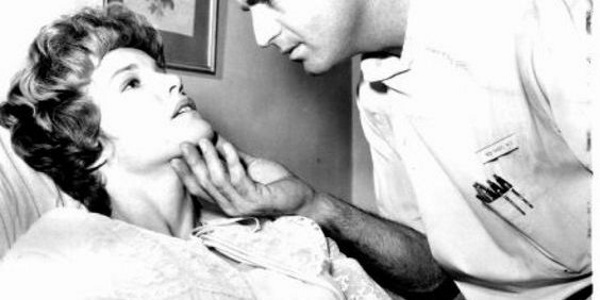Why Nobody “Had, Caught or Got” COVID-19
Why Nobody “Had, Caught or Got” COVID-19

by Dr. Mark Bailey
October 16, 2022
Recently I spoke to an international consortium of doctors and researchers about the COVID-19 situation and the issue of virus existence. I was asked whether I thought COVID-19 cases were fictional in nature, which is an interesting question. It goes beyond the matter of whether pathogenic viruses exist and are the cause of disease. It also allows us to address the frequent claim people make that whatever COVID-19 is supposed to be, they “got it,” based on their experience or one of the so-called tests they took. Let’s examine why there is no “it” even though there are lots of “cases”…
When most people hear the word “case” in a medical context there is a natural tendency to think that the individual being counted has an actual disease. It may come as a surprise that this is not a requirement at all because in the field of epidemiology it can be defined as simply, “the standard criteria for categorizing an individual as a case.” ‘Standard criteria’ can be anything and this opens the door to all sorts of misuse and misinterpretation. In fact, it has been used to propagate outright fraud, as Dr John Bevan-Smith and I documented last year in “The COVID-19 Fraud & War on Humanity.”
In 2020, Sam published a video “What is a COVID-19 case?,” which succinctly outlined the problems of the World Health Organisation’s COVID-19 ‘case’ definition. It is evident that the cases are “confirmed” by in vitro (outside the body) molecular detection assays – in 2020 that was mostly PCR kits and today we also have the widely-deployed Rapid Antigen Tests, which I have discussed in another article. Whatever tests are being used, they have been completely disconnected from the concept of disease. By mid-2020, it was more than apparent that COVID-19 was not a clinically defined condition. A Cochrane review published in July that year concluded that, “based on currently available data, neither absence nor presence of signs or symptoms are accurate enough to rule in or rule out disease.” In other words, COVID-19 cases can be solely determined by molecular “tests” such as the above-mentioned ones.
It is astounding that the vast majority of the medical community went along with this nonsense, including many of those who have been opposed to the “pandemic” responses. What does it mean to diagnose or treat a “case” of COVID-19? Even some PCR critics have been gaslit by debates about the “accuracy” of the PCR and appropriate cycle threshold limits in determining ‘cases’. However, this falls back into the same trap, being the belief that these particular tests are capable of telling them something useful about the condition of a person. They think the PCR just needs to be tweaked in a certain way so it can be used as a diagnostic tool. For clarity, I am not talking about clinically-validated molecular assays with known diagnostic specificity and sensitivity such as urine pregnancy tests. Sam has covered the pertinent differences in her video “COVID-19: Behind The PCR Curtain.”
Beyond the medical community, the public have been deceived by linguistic legerdemain where the PCR or Rapid Antigen Test results are then called, “cases of the virus,” or, “cases of infection,” by public institutions and the corporate media. This is a game of deception because the WHO’s own definition of a case has been completely misrepresented. If they were honest they would say, “cases of a detected chemical reaction in an assay.” However, this would have failed in the marketing department and nobody would have bought into the pandemic narrative in 2020.